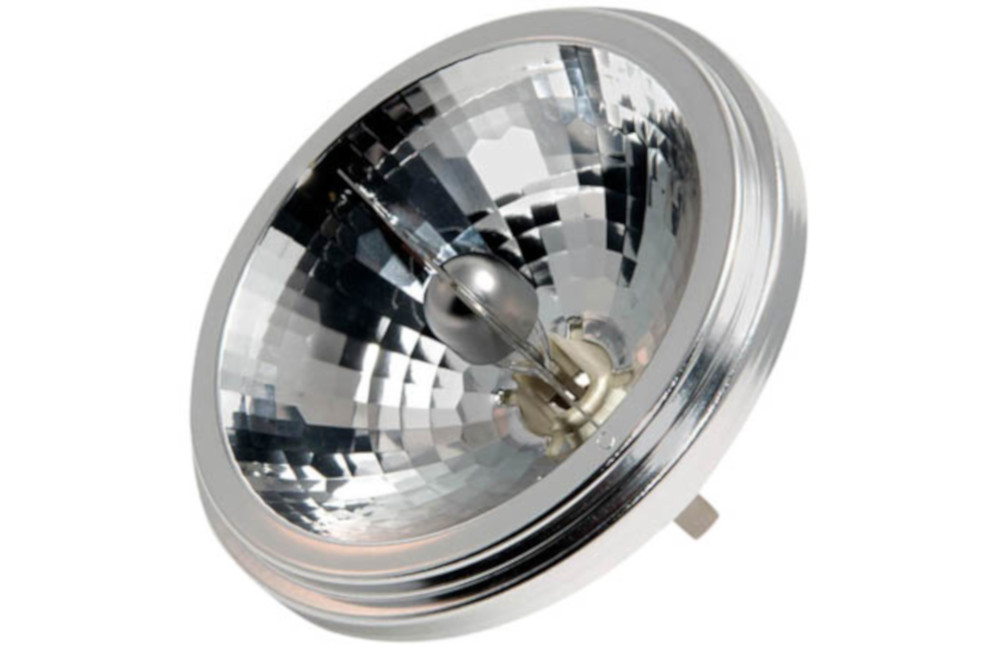

For general purpose applications, the quartz or high temperature glass filament tube is enclosed in a larger glass envelope to protect the user should the filament tube explode and to protect the filament tube from environmental contaminants, such as salts from human fingers. The filament tubes are manufactured from quartz or special high temperature glass. Due to the high gas pressures involved, tungsten halogen incandescent lamps are constructed in small ‘filament tubes’ to minimize both the amount of gas needed and the total explosive energy. The tungsten removed from the wall of the lamp is redeposited on the tungsten filament, increasing lamp life under some circumstances. The high total pressure inhibits tungsten evaporation from the filament, and the halogen fill gas reacts with tungsten that deposits on the wall of the lamp to remove this tungsten and maintain light output over the life of the lamp.
#Halogen lamps plus
Better yet is a fill of halogen gas, such as HBr, CH 3Br, or CH 2Br 2 plus Kr or Xe at total pressures that range from 2 to 15 atmospheres. Lamps using krypton or xenon in place of the normal argon fill allow for a moderate increase in filament temperature.

One way to allow operation with higher filament temperatures, while not decreasing filament life, is to fill the lamp with a high molecular weight and/or high pressure gas, as either will retard tungsten evaporation. EFFACACY 1 EFFICACY 2 = ( TEMPERATURE 1 TEMPERATURE 2 ) 4.52 The approximate dependences of life, efficacy, and color temperature on operating voltage, for common incandescent lamps operating between 90% to 110% of rated voltage, are shown in eqns, , and : This technique, which is the means used in far too many ‘long life’ incandescent lamps, unfortunately leads to a decrease in the already low efficacy of incandescent lamps. In a similar manner, the life of incandescent lamps can be increased to arbitrarily long times by decreasing filament temperature.

Unfortunately, increasing filament temperature also increases the rate of tungsten evaporation and therefore shortens the life of tungsten lamps, since evaporation of tungsten is the dominant incandescent lamp failure mode. First, as can be seen in Figure 2, increasing the filament temperature shifts the wavelength for peak emission toward lower wavelengths, and will result in a larger fraction of the radiated energy being in the visible region. There are a number of techniques that have been used or are being investigated to increase the efficacy of incandescent lamps. They are about twice as efficient as regular incandescent lamps and typically last two to four times longer. They produce a whiter, more intense light than standard incandescent lamps and are typically used for decorative, display, or accent lighting. Tungsten halogen lamps are a type of incandescent lamp that has become increasingly popular in recent years. For example, ENERGY STAR lights consume only about 20% of the energy consumed by traditional lighting products, thus providing substantial savings in money, energy, and greenhouse-gas emissions. It also makes very good sense to use, whenever possible, environmentally friendly, commercial outdoor lighting systems. To control light pollution, full-cut-off luminaires should be specified. Environmental issues include lamp efficacy (lumens per watt), luminaire efficiency, controllability of the light source, potential for PV power, and control of light pollution. The most common incandescent outdoor lighting options are metal halide and high-pressure sodium. Incandescent lamps come in various shapes and sizes with different characteristics. Nevertheless, they remain popular because they produce a pleasant color that is similar to natural sunlight and they are the least expensive to buy. In fact, only about 15% of the energy they use comes out as light and the rest becomes heat.

Incandescent lamps have relatively short lives (typically 1000 to 2000 hours of use) and are the least efficient of common light sources. Sam Kubba Ph.D., LEED AP, in Handbook of Green Building Design and Construction, 2012 Incandescent Lamps


 0 kommentar(er)
0 kommentar(er)
